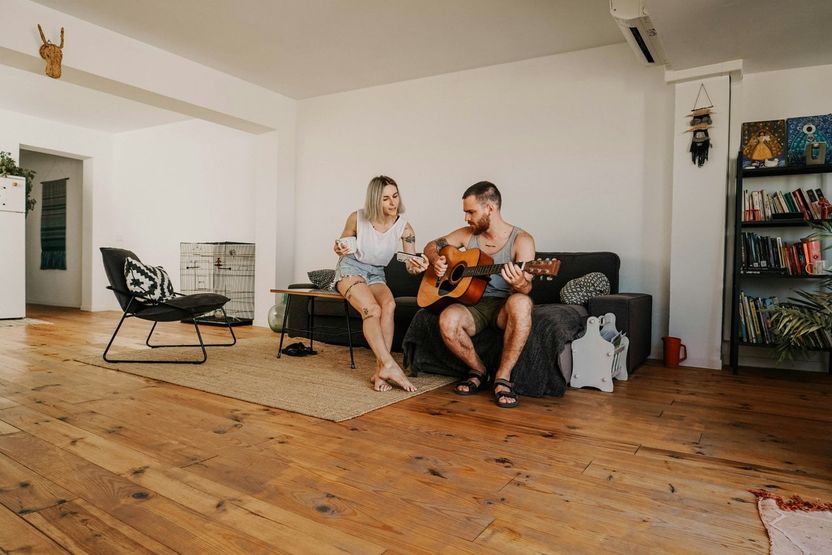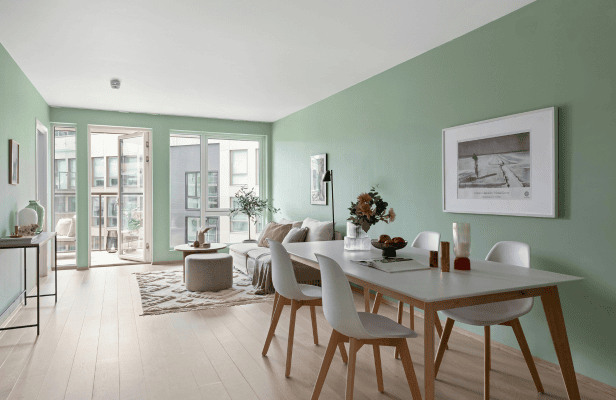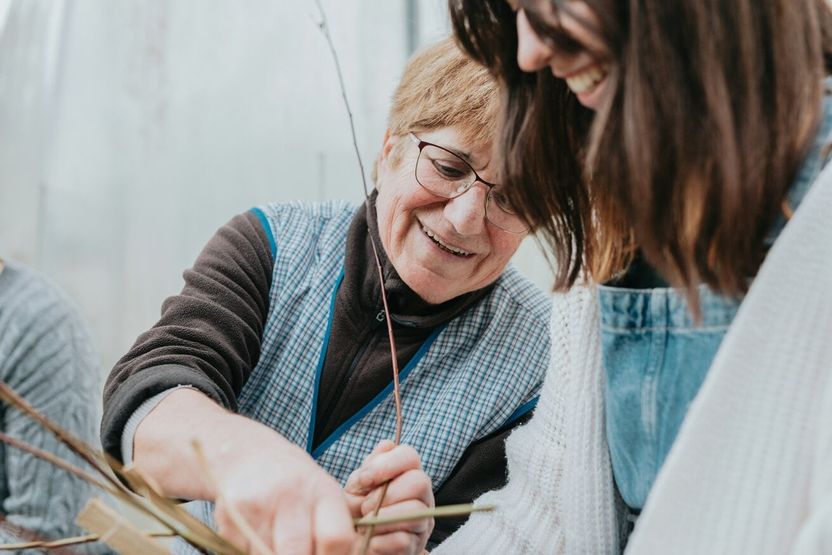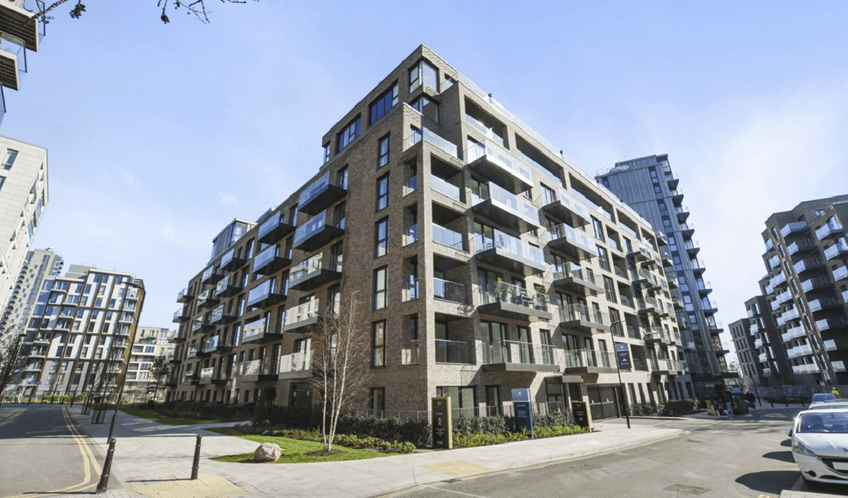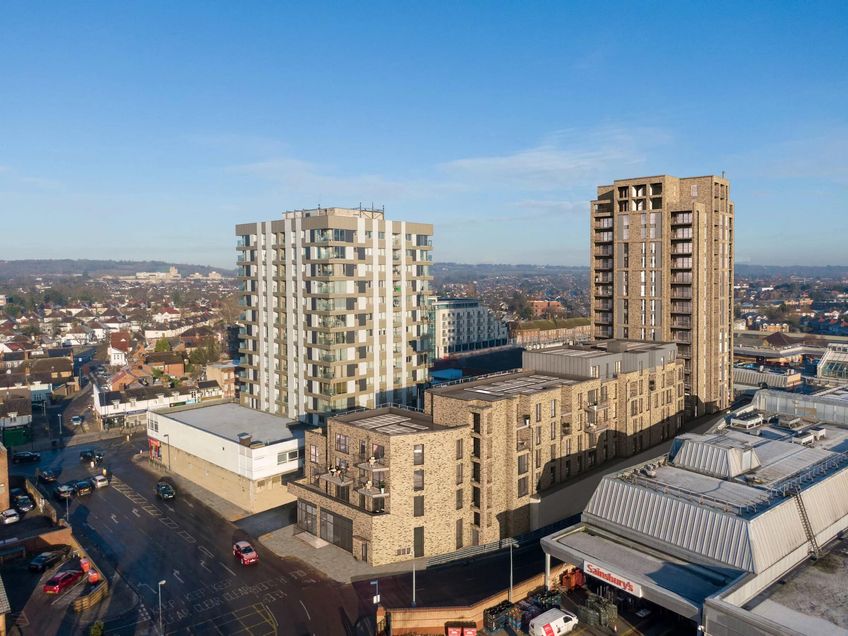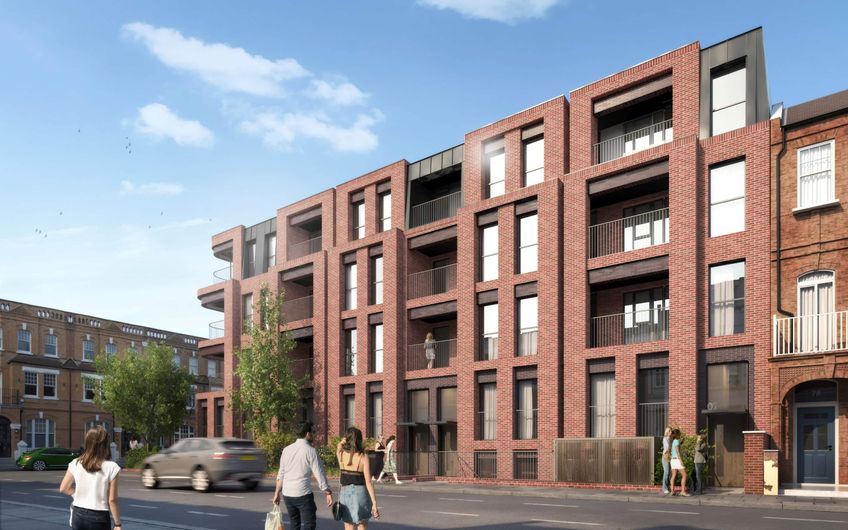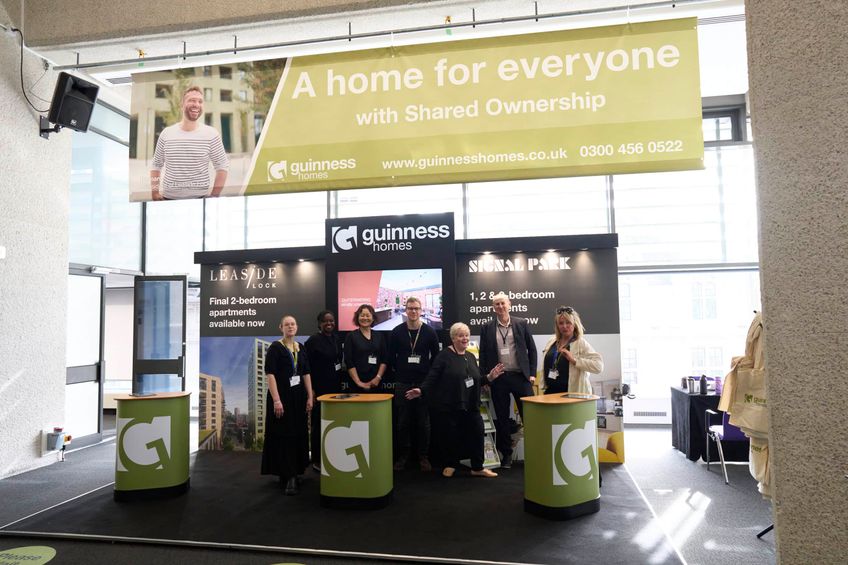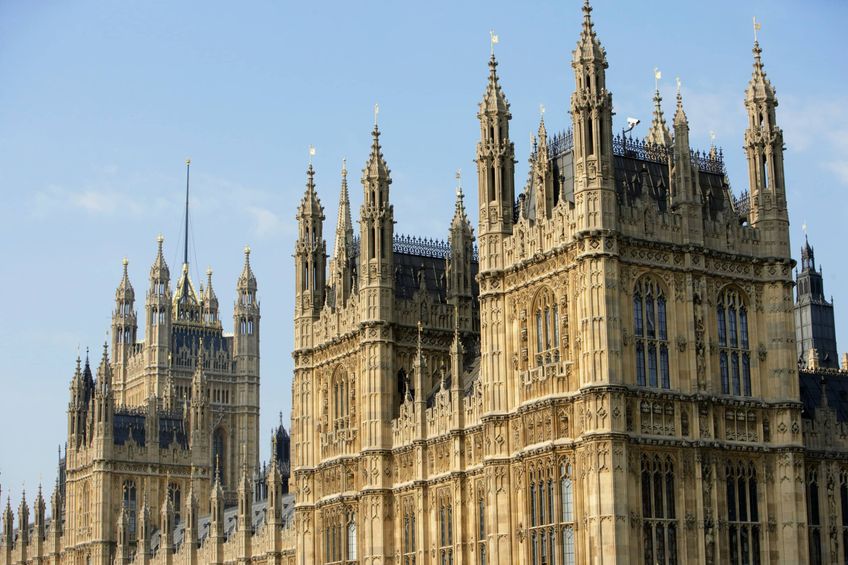Help to Buy has ended: Search for new homes
Search for homes to buy and rent on Share to Buy

Interested in the Help to Buy: Equity Loan scheme?
Find your pathway to homeownership
Share to Buy is the country’s leading property portal dedicated to affordable home-buying and rental schemes.
The Help to Buy: Equity Loan closed to new applicants on October 31st 2022, before officially ending on March 31st 2023. However, you can still find Help to Buy alternatives on Share to Buy including Shared Ownership, First Homes, Deposit Unlock and other home-buying and rental schemes.
Here, you can learn about the Help to Buy scheme including eligibility and costs, search for homeownership properties, and take the next step in your home-buying journey.
Help to Buy FAQs
Whether you’re just starting out or ready to take the next step, let us help you on your way by answering your Help to Buy questions.
Help to Buy was a government-backed scheme which aimed to help first time buyers get onto the property ladder. The alternative housing product provided eligible buyers with an equity loan (also known as shared equity) of up to 20% of the value of a new-build Help to Buy home. The Help to Buy government scheme provided a 20% loan so the buyer only needed to raise a 5% deposit, with a 75% mortgage making up the rest.
The Help to Buy: Equity Loan officially ended in March 2023. Find out more on Share to Buy or learn about Help to Buy alternatives including Shared Ownership, First Homes, Deposit Unlock and other homeownership schemes.
Learn more about Help to Buy
Elmbridge · Shared Ownership New Build
Share percentage 10%, full price £350,000
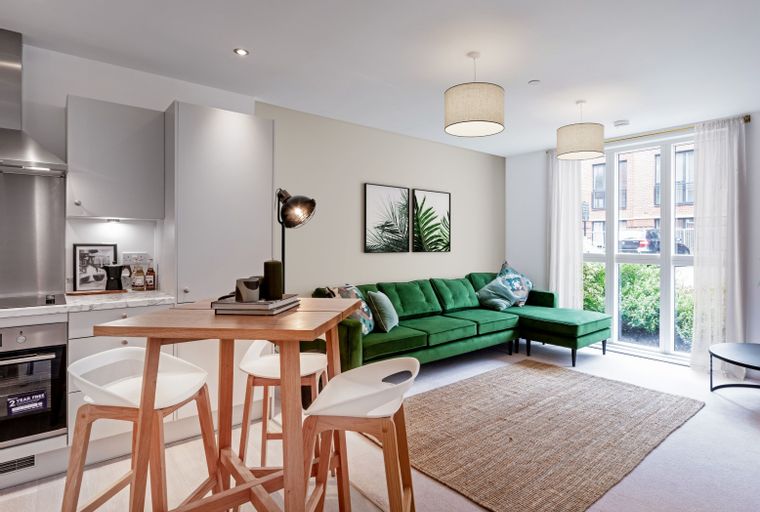
Winchester · Shared Ownership New Build
Share percentage 25%, full price £277,500
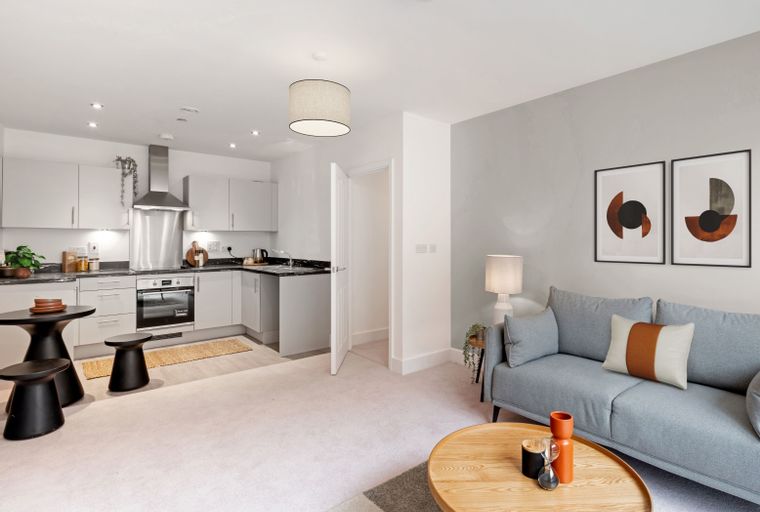
Winchester · Shared Ownership New Build
Share percentage 25%, full price £292,500

Winchester · Shared Ownership New Build
Share percentage 25%, full price £275,000
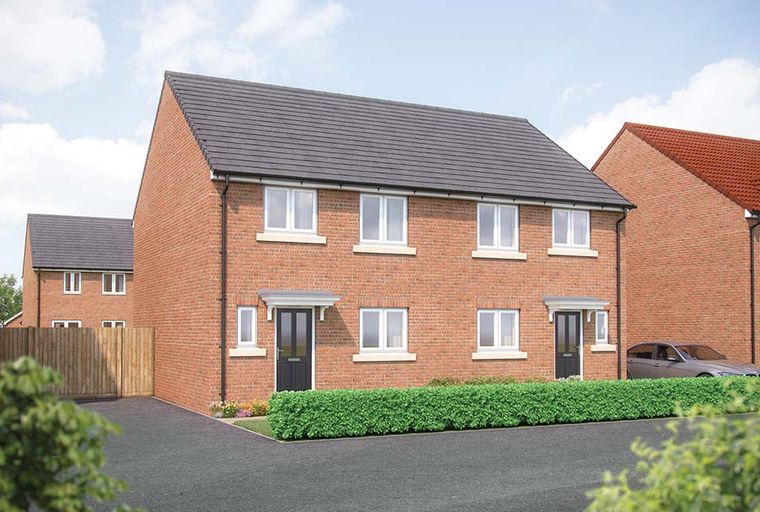
Hambleton · Shared Ownership New Build
Share percentage 25%, full price £195,000
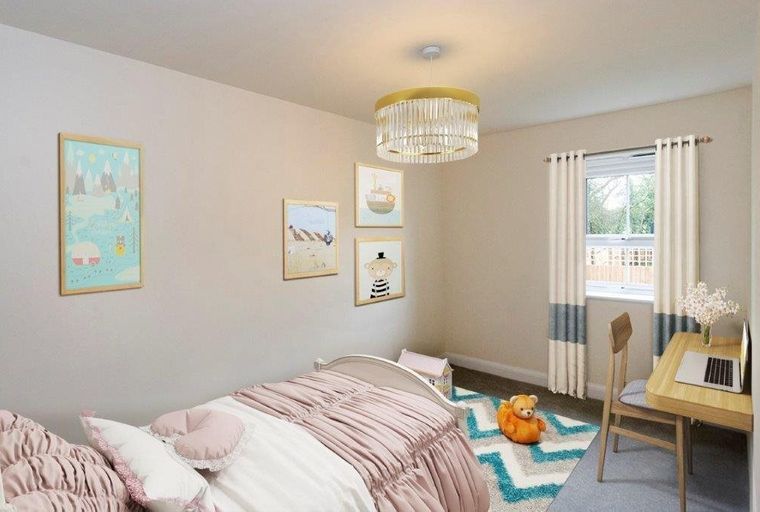
Mid Sussex · Shared Ownership New Build
Share percentage 50%, full price £290,000
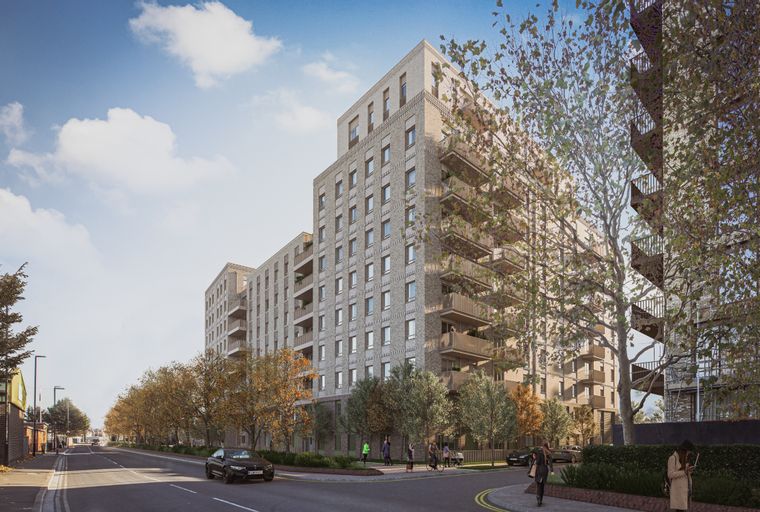
Newham · Shared Ownership New Build
Share percentage 25%, full price £480,000

Exeter · Shared Ownership New Build
Share percentage 40%, full price £245,000
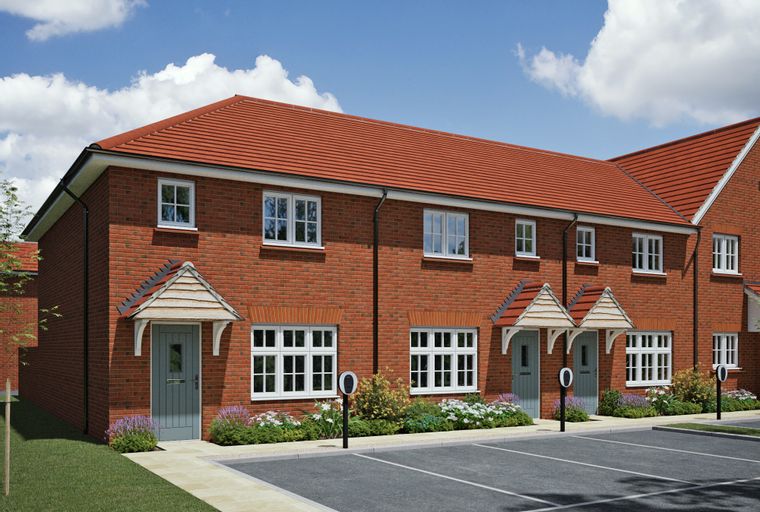
Stroud · Shared Ownership New Build
Share percentage 40%, full price £315,000



